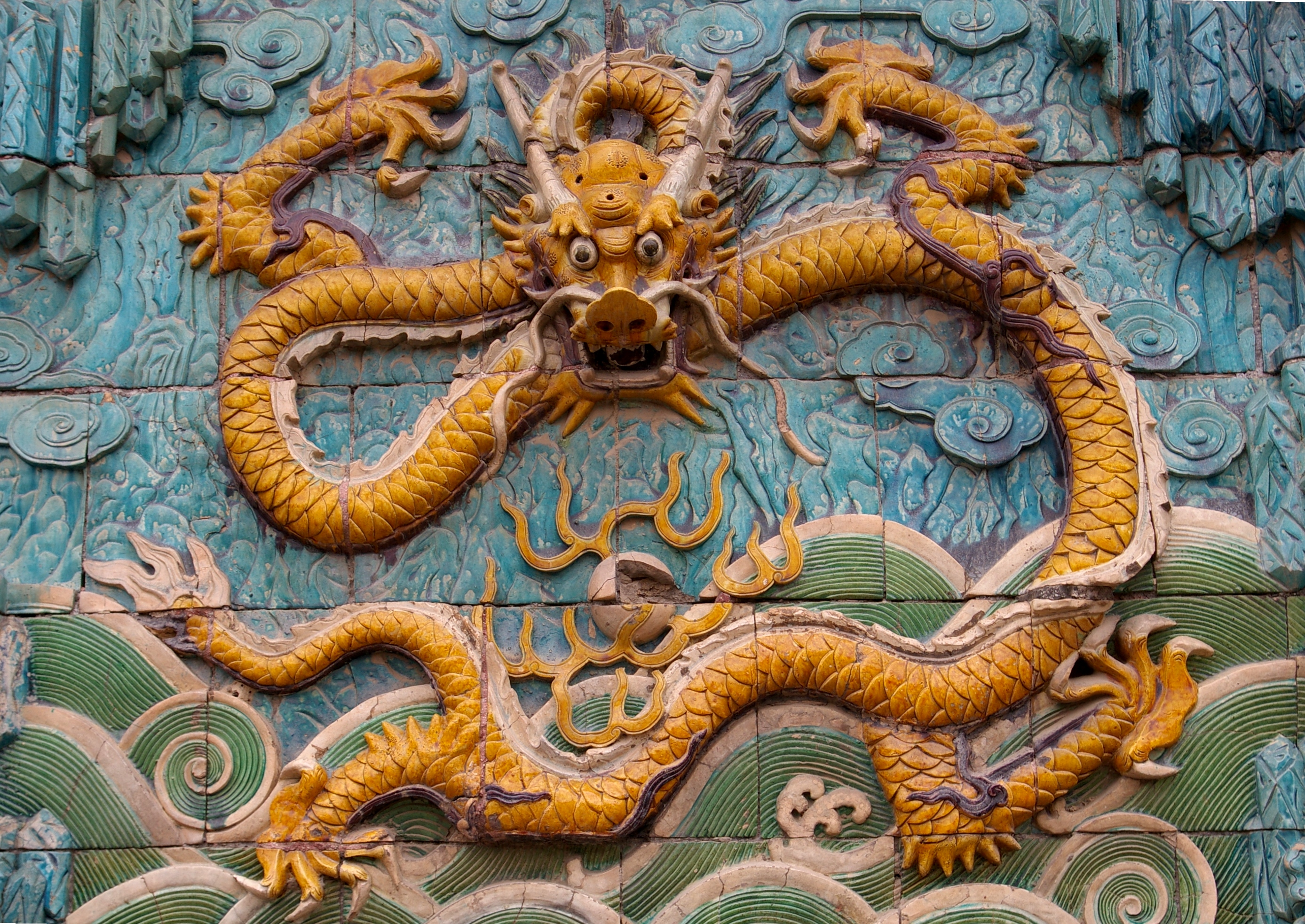Are Dragons an Image of Comet Impacts?
Dragons and winged serpents appear in many myths told by people around the world. Could a comet impact that happened at the end of the last ice age, some 12,900 years ago, have inspired at least some of those stories?
Around 10,900 BC, an extreme and sudden drop of global temperatures marked the beginning of the geological era of the Younger Dryas. This near glacial period, with temperatures more than 10°C lower than today, was named after Dryas Octopetala, a small flower that grows in cold, arctic conditions and became common in Europe during this time. Data from ice cores that were drilled in Antarctica and Greenland have revealed several other shorter cooling/warming events, now known as Dansgaard-Oerscher events.
The Younger Dryas return to a cold, glacial climate was first considered to be a regional event restricted to Europe, but later studies showed that it happened worldwide. The cooling lasted about 1,200 years, till around 9,700 BC and is one of the most well-known examples of abrupt climate change. The end of the Younger Dryas, about 11,700 years ago, was particularly abrupt. In Greenland, temperatures rose about 10°C in just a few years time, as was demonstrated by data from the Greenland Ice Core Project (GRIP).
Although it's unknown what caused the end of the Younger Dryas, it is now generally accepted that it started with a comet impact that hit North America 12,900 years ago. This event must have been an enormous global disaster. When the celestial object smashed into earth, possibly in a number of fragments, an enormous heat was released and large amounts of dust and ashes were blown into the atmosphere, eclipsing the Sun for years.
As a result of the energy released by the impacts parts of the Laurentide Ice Sheet, which then covered most of North America, were melted which may have caused huge tidal waves. The sudden influx of fresh water from North America caused a shutdown of the North Atlantic Conveyor, which circulates warm tropical waters northward. This process, which formed the Great Lakes, may have contributed to the sudden drop in temperature.
Compelling evidence is formed by the Younger Dryas Boundary, sometimes referred to as the "Black Mat." This thin layer of soot has long been recognized in sediments around the world as marking the beginning of the Younger Dryas. It also corresponds to the sudden disappearance of the North American Clovis population and the extinction of many large animals in North and South America. Not just mammoths and mastodons, but completely unknown species such as the American camel, the dire wolf and the giant ground sloth to.
And in November 2018, a study revealed the existence of a a 31-kilometre-wide crater beneath Greenland's Hiawatha Glacier. The evidence suggests that the Hiawatha Crater was created after ice covered Greenland three million years ago, perhaps as recently as 12,000 years ago.
The catastrophic comet impact could very well have formed the basis for the many myths and legends about a winged snake or a fire-breathing dragon. Snakes have long been used as religious and archetypal images, for example as a symbol of rejuvenation. But the appearance of a fiery snake in the sky, that wreaks havoc on the world, could have been a reason to add the image of a flying dragon to it.
After all, a comet approaching earth under an angle would be stretched out into a long string of fiery fragments and debris due to Earth's gravitational pull. This happens because, unlike asteroids, comets are mainly composed of dust and ice. So to the people who lived then it might have looked like a big, fire-spitting serpent flying through the sky.
Other impact events may also have served as an inspiration for this image. For example, the formation of the Burckle Crater in the Indian Ocean which happened around 2,700 BC. According to some theories, this huge impact was the cause of the Great Flood, a story told by many different cultures and peoples all around the world.
A collection of ancient Norse myths and sagas called the Edda also seem to catch traditional glimpses of a terrible catastrophe, for instance in "The Vala's Prophecy:" "Hrym steers from the east, the waters rise, the mundane snake is coiled in the rage of the fire-giant. The worm beats the water, and the eagle screams: the pale of beak tears carcasses... The stony hills are dashed together, the giantesses totter, men tread the path of Hell, and heaven is cloven...The sun darkens, earth in ocean sinks, fall from heaven the bright stars, fire's breath assails the all-nourishing tree, towering fire plays against heaven itself."
The image of a dragon is usually explained by pointing to the fact that skeletons of dinosaurs were found in earlier times as well. The ancient Greeks, for example, were well aware of their existence. This doesn't explain, however, why dragons fly through the sky while spitting fire and smoke.
Of course all this is just a hypothesis but one thing is certain: the arrival of a comet in the sky is considered to be a bad omen even today.
(AD 2014/ AM 5775)


